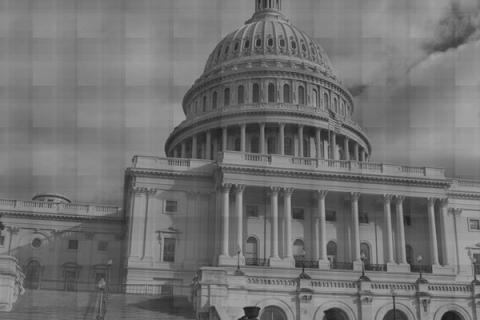A plurality of registered voters in the US have chosen not to identify with a political party, one sign that the influence of the two major parties is receding. The west coast — Oregon, Washington, and California — a region that has traditionally been thoroughly Democratic, is beginning to see a party identification shift.
According to a poll conducted by Pew Research, 37 percent of US voters chose the 'Independent' label over 32 percent who chose Democrat, and 25 percent who identified as Republican. While the percentage of independent voters at the national level is still higher than it is across all West Coast states, that gap is beginning to close.
Following the 2012 elections, an estimated 33 percent of Washington voters identified as either independent or chose not to associate with either of the two major parties. In 2005, nearly 29 percent of Washingtonians identified as an independent, a four percent increase in seven years.
California voters do lean more Democratic, with an estimated 44 percent endorsing the party label. Twenty-seven percent of California voters are unaffiliated, the highest percentage ever. In 2000, the number of registered voters unaffiliated with either of the two major parties was 15 percent , a 12 percent point swing over the course of three presidential elections.
Oregon bucks the trend somewhat. An estimated 45 percent of the electorate identify as Democrats, with Republicans at 37 percent and Independent/Others at 18 percent. This illustrates a 5 percent decrease from 2005.
While Oregon may have seen a rise in partisan identification, the number of independent voters across the West Coast is still vastly increasing. Washington contains roughly 6.8 million people represented by 10 representatives in the House, California's roughly 33 million people are represented by 53 House representatives, while Oregon's 5 House members represent 3.8 million people.
The rate at which nonaffiliated voters have grown along the West Coast may ebb and flow as policies and regimes change, but there is certainly an overarching trend that could soon envelop more states with key influence at the federal level.

